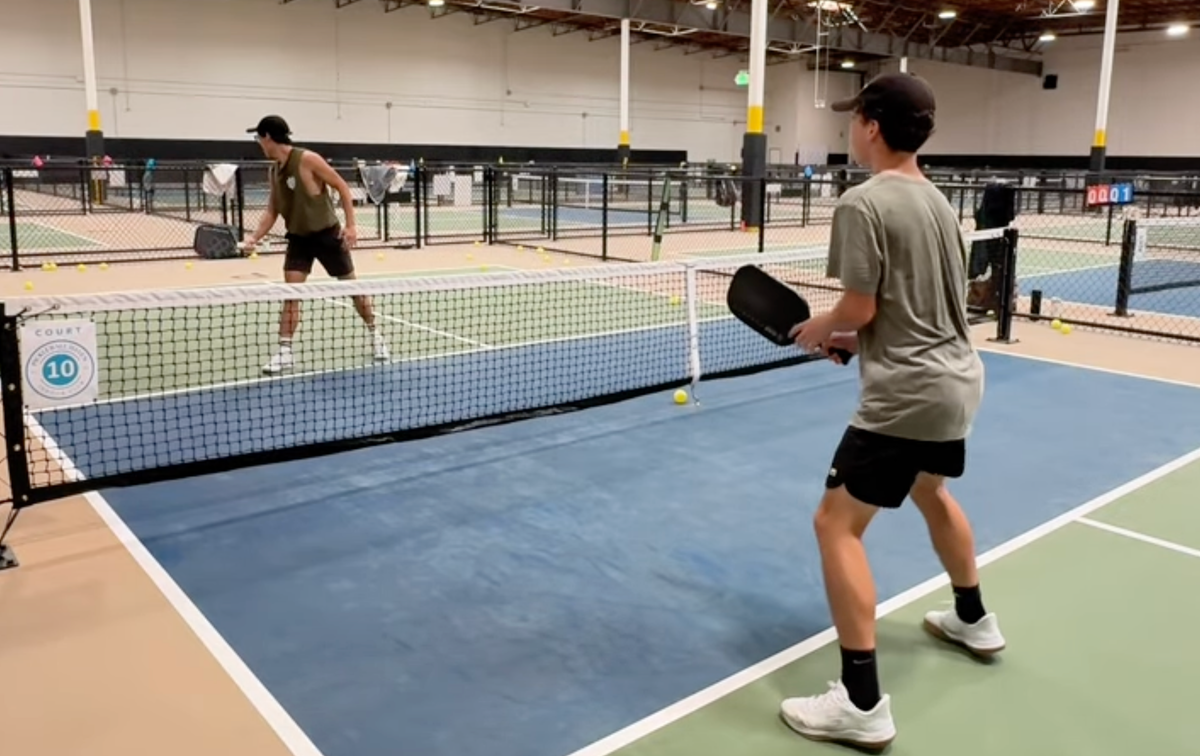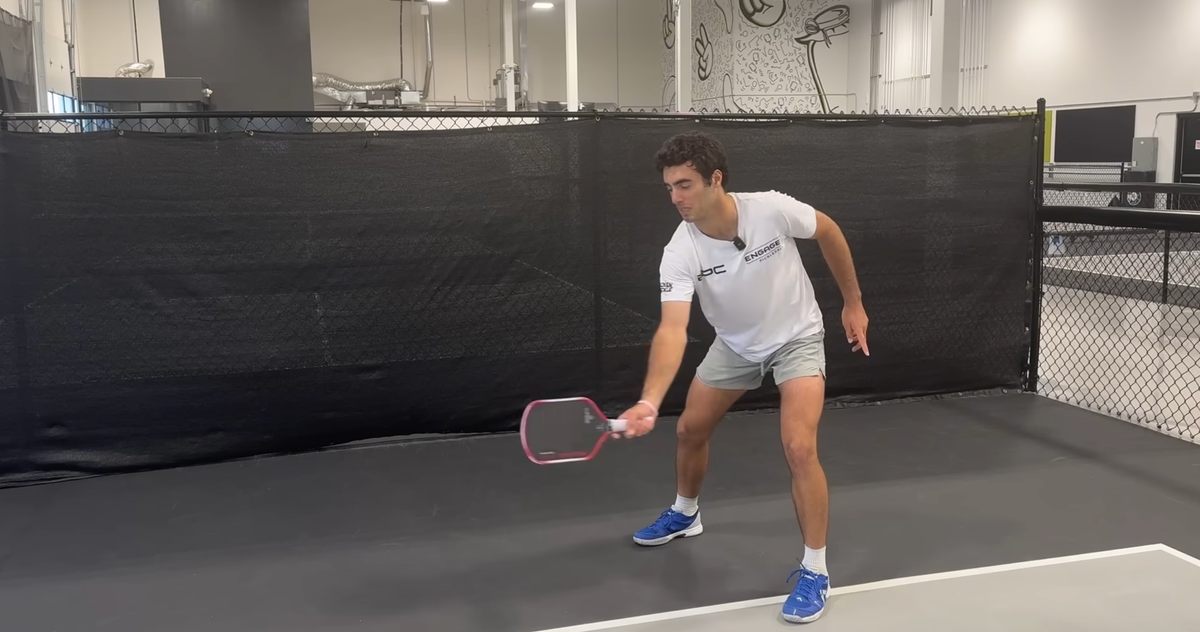
ThatPickleballSchool

Hey guys, it’s Kyle from ThatPickleballSchool.
When Should You Speed the Ball Up in Pickleball?
The short answer? It depends. But before we dive in, let’s set the stage. Yes, you can win a point by hitting a third-shot drive and forcing an error. You can win by getting to the kitchen and waiting for a missed dink. Those are valid ways to win, but that’s not what this is about. This is about what to do when all four players are at the kitchen in a neutral position—how to attack and get aggressive so you can ultimately win more points.
Why Dinking Matters Before the Speed-Up
Just as a reminder, these are called dinks—soft shots around the kitchen designed to be unattackable. The reason we dink is to create an opportunity to speed the ball up and gain an advantage. If I see a ball I can handle, I’m balanced, and it’s a little bit dead, that’s my opportunity.
What’s a dead dink? A dead dink is one with no energy behind it, making it easier to attack. An aggressive dink, on the other hand, forces a defensive reply. If you’re just dinking for the sake of dinking, you’re forgetting the goal—winning the point. Your goal is to create opportunities that put pressure on your opponent.
The Art of the Speed-Up
So when should you speed the ball up? There’s no hard and fast rule. It depends on your skill, your opponent, and the situation. I might attack a different ball than another player would. Here are some things to consider:
- Who are you playing against?
- Who are you as a player?
- What’s the ball doing?
Yes, ball height matters. Higher-level players can punish bad speed-ups, especially if you attack a ball that’s too low. But if your opponent isn’t expecting it, even a low speed-up can work.

Aggression Wins at Lower Levels
At lower levels—say 3.0 to 4.5—aggression often wins. If blasting through teams is working for you, keep doing it. The higher the level, the more you have to “earn” your speed-up with setups and patience. But don’t let anyone convince you that aggressive play is always wrong. Experiment with it. Just understand the risk.
If you try to speed up from your back foot, you’re going to get burned. You need to be balanced and ready to lean forward. Here’s the sequence:
- Get back and reset your feet.
- Push off your right foot and shift your weight forward.
Think of it like a dance move. That weight shift allows you to control the shot and generate topspin. If you’re off-balance, you’ll struggle to keep the ball down.
Compact Swing and Paddle Position
Once you’re balanced:
- Paddle tip down.
- Short, compact swing.
- Avoid big tennis-style swings—they’re a dead giveaway and unnecessary.
A windshield wiper motion helps generate diagonal spin, disguises direction, and keeps your shot tight.
Best Targets for Speed-Ups on the Right Side
There are lots of options, but start simple:
- Down the line at your opponent’s forehand side. If they’re stretched out, their counter is weak.
- Their right shoulder or chicken wing. This forces an awkward defensive response.
Avoid going crosscourt too often—it’s predictable and often results in a “triangle effect,” where the ball comes back to your partner unexpectedly.
Out of the Air vs. Off the Bounce
Most of what we’ve talked about so far is attacking off the bounce, but taking balls out of the air is powerful. It adds psychological pressure and makes opponents feel rushed. Use a small flick of the wrist with minimal backswing—keep it looking like a dink for disguise.
Adapt to Your Opponent
Your approach should vary based on who you’re playing. Against weaker counters, attack more often. Against strong counters, set up your speed-ups with purposeful dinking. Sometimes you’ll bait them by giving them space, then closing it quickly.
Final Tip: Speed It Up, Then Clean It Up
One of the biggest mistakes players make? Thinking the point is over after the speed-up. Don’t relax. Expect the ball to come back and be ready for the next shot. Tyson McGuffin says it best: Speed it up, then clean it up.
That’s the art of the speed-up. Experiment, adjust to your opponent, and remember—the ultimate goal is to win the point.
Think you know pickleball inside and out? Challenge yourself with ThatPickleball IQ Test and see if you can score a perfect 10 out of 10!
Editor’s Note: This article is based on a video by Kyle Koszuta, ThatPickleballGuy. We partnered with him to highlight key concepts in a written format for players who prefer to read or reference drills on the court.
Related Articles:
Anuncie Aqui / Advertise Here
Sua marca para o mundo Pickleball! / Your brand for the Pickleball world!

 English
English  Spanish
Spanish  Portuguese
Portuguese  German
German  Italian
Italian  Japanese
Japanese  French
French  Polish
Polish  Russian
Russian  Netherlands
Netherlands  Hungarian
Hungarian  Turkish
Turkish  Videos
Videos  Pickleball Portal
Pickleball Portal









 English (US) ·
English (US) ·  Portuguese (BR) ·
Portuguese (BR) ·